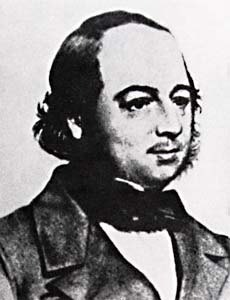AJ Armitstead
Barry Williams of Cannock
David Keningale of Warrickshire
Stereoviews of Taxidermy
Modern Taxidermy
Taxidermy Trade Labels
Fish Taxidermy
Scottish Taxidermy
Reproduction Eggs
Taxidermy in America
Taxidermy in America II
Taxidermy in America III
Chicago Natural History Museum
The Booth Collection
The Booth II Collection
The Booth III Collection
The Booth IV Collection
James Hutchings
James Gardner
|
Rowland Ward Taxidermy
Scientific Taxidermy
Peter Spicer of Leamington Spa
H T Shopland of Torquay
T.E.Gunn of Norwich
The Great Exhibition of 1851
Walter Potter
Bass Rock Scotland
Passenger Pigeon
Countdown to Extinction
UK Taxidermy Price Index
Charles Darwin
Taxidermy Wanted
Taxidermy
Housekeeping]
Taxidermy
Restoration]
Trophies/Games
mounts
Hutchinson of Derby Taxidermy
Jefferies of Carmarthen Taxidermy
|
Victorian
Taxidermy
Edwardian
Taxidermy
Fish
Taxidermy
Taxidermy Forums
Museums containing
taxidermy
Taxidermy Guilds
UK Taxidermists
Taxidermy
Articles
Taxidermy
Law
Victorian
Taxidermy Dealers
Taxidermy Suppliers
Hunting
Birds
Mammals
Carl Ethan Akeley
Abraham Dee Bartlett
John James Audubon
John Gould, "The Bird Man"
Taxidermy Links
|
TaxidermyGallery
TaxidermyGallery2
TaxidermyGallery3
TaxidermyGallery4
TaxidermyGallery5
TaxidermyGallery6
TaxidermyGallery7
TaxidermyGallery8
TaxidermyGallery9
TaxidermyGallery10
TaxidermyGallery11
TaxidermyGallery12
Fishing
Field Sports
The Four Elms Collection
The Four Elms Collection II
William Borrer
H Murray of Carnforth
Victorian Taxidermy
|


